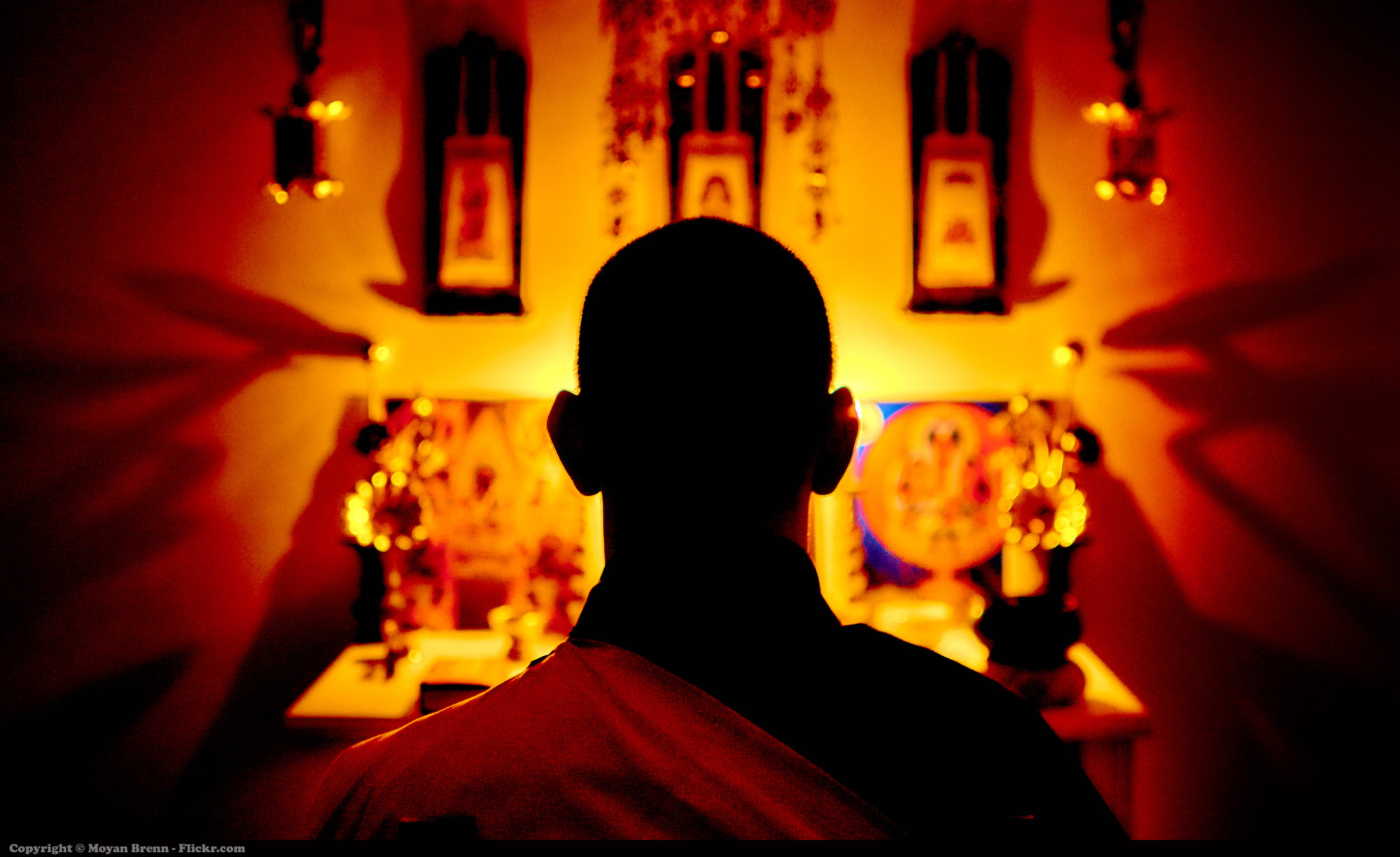India is a vast land filled with many mysteries. From the Himalayas in the north to the Temples of southern India, there are stories, monuments, artifacts and people who make us question our ways of living and the nature of existence. The yogis and mystics of India are such people. Their lifestyles will perplex you, their philosophies will inspire you and their capabilities will astonish you.
If you go to holy places in India you will find many men with long locks of hair, dressed in saffron clothing and carrying a pot with water filled in it. These men sit in solitude and are often seen chanting the name of god with beads in their hands. Some of them are impostors waiting for their next target, a few are real men of devotion trying to find god and rarely, if you are lucky, you will come across a realized man who has won over desire and is filled with wisdom and knowledge. These rare individuals are usually not found in crowded places as they do not prefer the company of worldly men and women. They are always in an ecstatic mood and as they have reached the state, what yogis call, of no-mind.
Source: www.creativecommons.org Three holy men sitting in Kathmandu Darbar Square.
Though not self-realized, many sages who live near holy places still possess the knowledge and supernatural abilities that attract men and women from all over the globe. People flock to these spiritual men looking for solutions to their problems or to be blessed by them so that they can enjoy a fulfilling life. Some will predict your future, others will bless you if you cannot conceive and a few will even communicate with your departed loved ones. However, people rarely go looking for such yogis to find knowledge.
Source: www.creativecommons.org An ash-smeared yogi meditating in solitude.
There are even large gatherings of such yogis on special days. One such occasion is called the Kumbh Mela, held at multiple sites, where yogis from different religious sects gather and bathe in the river Ganges. The event is considered the world’s largest congregation of religious pilgrims and is held once in every 12 years. The words “Kumbh Mela” literally mean Kumbh fair.
Source: www.creativecommons.org The Kumbh Mela at Haridwar, India.
I have never witnessed the Kumbh mela. However, visiting the mela will be a great opportunity to meet these men of knowledge and find answers to questions that put me in a deep thoughtful mood.
